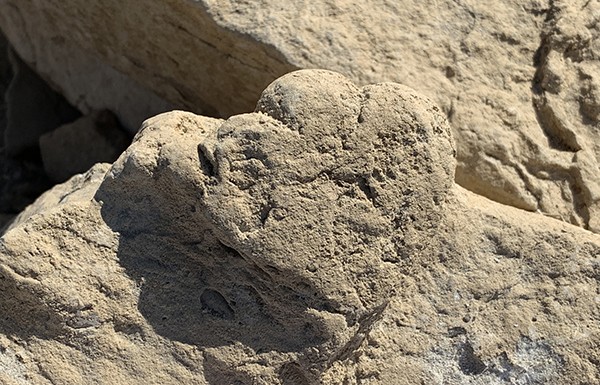Although adult stegosaurs reached lengths of up to 9 m (30 ft) they still started out as small as a cat, if a recently-found footprint is anything to go by. And what’s more, they may have walked differently as babies.
The 110 million-year-old fossilized footprint was discovered in China, by a team led by Assoc. Prof. Lida Xing from the China University of Geosciences.
And while identifiable as being that of a stegosaur, it measures just 5.7 cm (2.2 inches) in length. By contrast, other stegosaurus footprints in the area were up to 30 cm long (11.8 in), while examples previously found in Western Australia have measured as much as 80 cm (31.5 in).

Lida Xing
In an analysis conducted by an international team of paleontologists, it was determined that the fossil is officially the smallest known stegosaurus footprint. The juvenile dinosaur that made it was likely no larger than a domestic cat.
Interestingly, though, it was noted that the individual placed more pressure on the ball and toes of its foot when walking. By contrast, fossil footprints of adult stegosaurs indicate that they walked with their heels of all four of their feet pressed into the ground.
“The tiny track shows that this dinosaur had been moving with its heel lifted off the ground, much like a bird or cat does today,” says Dr. Anthony Romilio, of Australia’s University of Queensland. “We’ve only previously seen shortened tracks like this when dinosaurs walked on two legs.”
The scientists now believe that stegosaurs may have started life walking on their toes, before transitioning to heel-walking as they got larger and heavier.
A paper on the research – which also involved paleontologists from the University of Colorado, the Mace Brown Museum of Natural History (US) and the Saurierwelt Paläontologisches Museum (Germany) – was recently published in the journal Palaios.
Source: University of Queensland
Source of Article